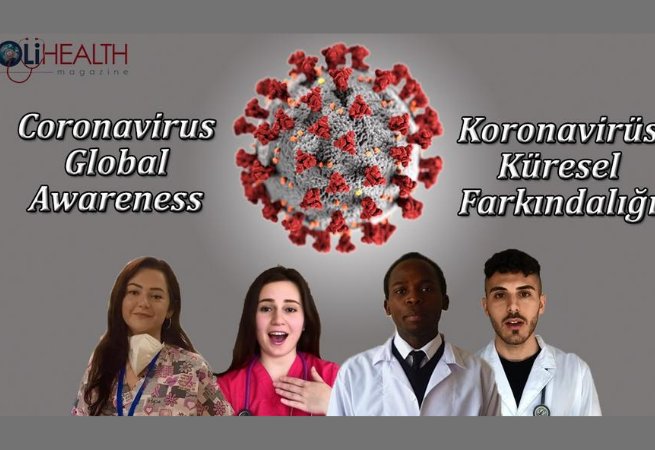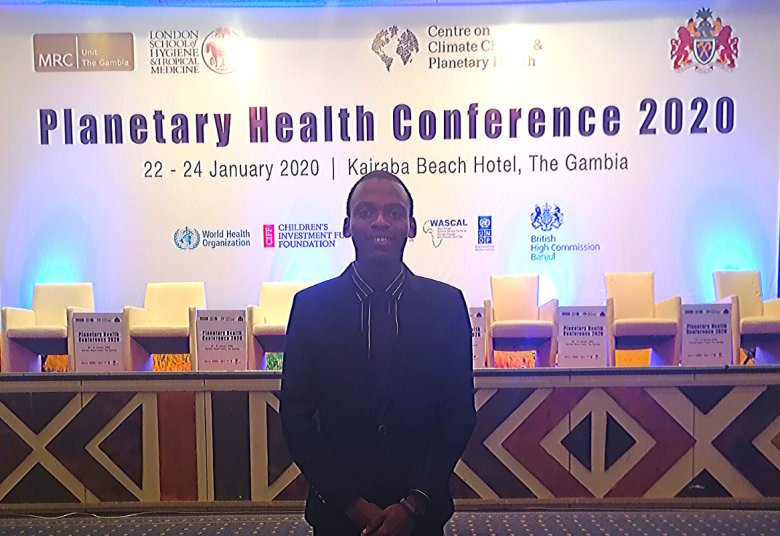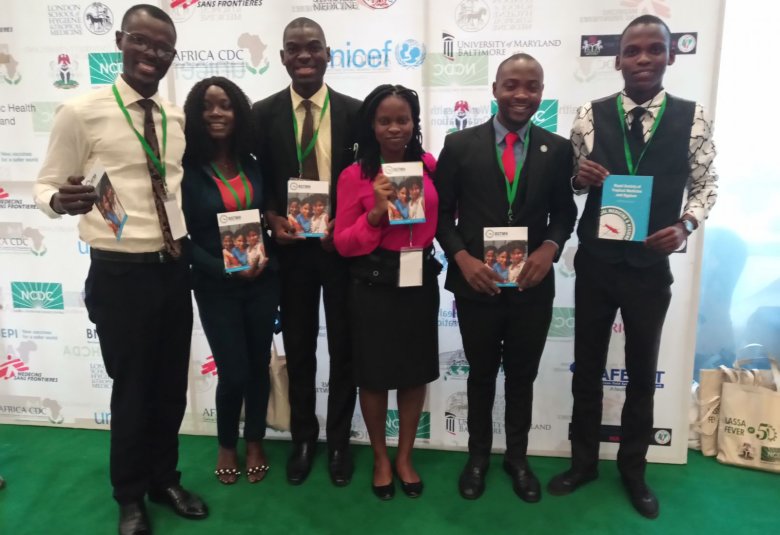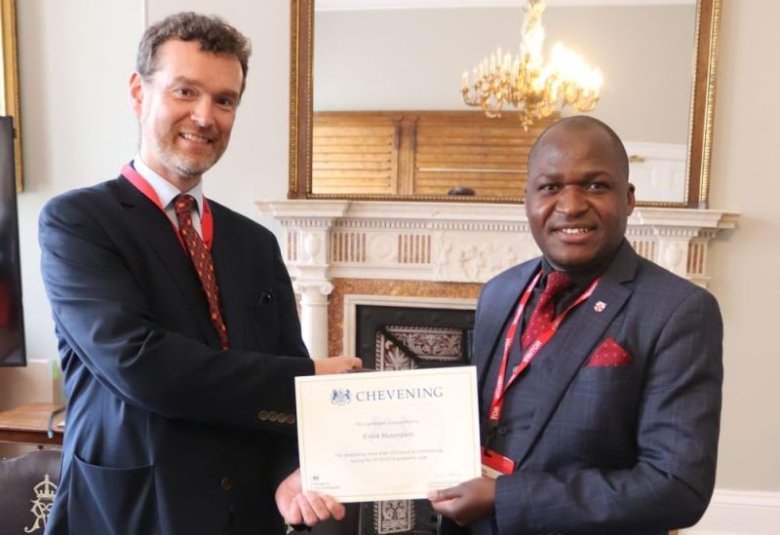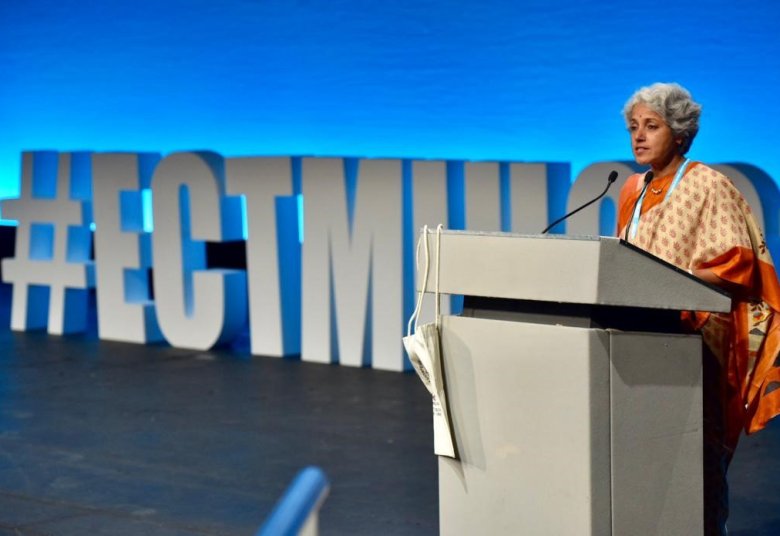Kandakas, empowerment and a vision for the future of healthcare in Sudan
Just fall, that's all
This was one of the most famous slogans used in our country-wide peaceful demonstrations against Omer Elbashir regime in Sudan. The protests started in December 2018 in many states, responding to rises in bread prices and living costs in general, but soon, after the brutal response of the regime on unarmed protesters, our demands changed and people were calling Omer Elbashir and his government to step down.
Sudanese people have been battling this government for 30 years. Since they came into rule in 1989, Sudan has suffered from corruption, mismanagement, killing of innocents, lack of freedom, political repression and human rights abuses - all of which have led to civil war and poverty. Women in particular suffered from suppression by this regime for decades; human rights violations and lack of education lead to almost 50% of Sudanese women to be illiterate. Violent acts such as Female Genital Mutilation (FGM) and domestic violence are legitimized culturally. Laws such as the Public Order Act give Sudanese police the freedom to arrest and beat women who are dressed inappropriately according to their own personal views. Women in the areas of conflict, such as Darfur, the Blue Nile or the Nuba Mountains are living with the more depressive form of violence of losing their children, families and homes because of war and famine.
Kandaka
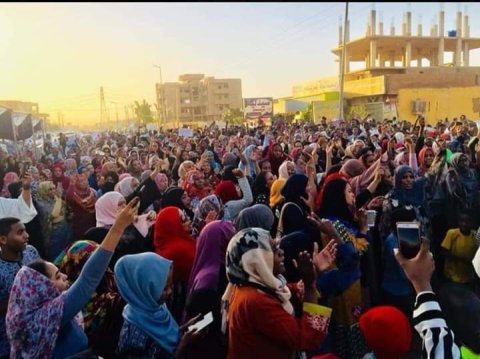
Throughout history, Sudanese women have been known for standing up for their rights and expressing their opinions. In fact, female Sudanese protesters are referred to as “Kandaka” a title given to the Nubian queen of ancient Sudan reflecting a legacy of empowered women who fight for their country and their rights.
Since the first day of December’s protests, women from different ages and backgrounds have been on the front lines without fear, in the face of the assaults, arrests, tear gas and live bullets. Sometimes the proportion of women might reach 70% of the overall people in the protest. Many have been taken to detention centres, held for days and even weeks, verbally and physically assaulted, had their heads shaved by the security officers, only to go back to the streets again after being released. Not only that, women in the neighbourhoods opened their homes to hide the protesters, supplying them with food, water and first aid.
In a world of technology, social media have played a critical role in this movement, in a way that the traditional media has failed to do. One of the most fascinating tools that women used was Facebook based women’s groups, to track down and detect allied offenders from the regime. Images of the police and intelligence officers firing at the protesters were shared in these groups and within hours these men were identified. This has been destructive and causing more media attention for the regime. Security operatives attacking unarmed, defenceless citizens and killing them are now being picked up by these women’s groups and their personal details are shared on social media, making it difficult for them to hide, effectively socially isolating them.
In April 2019, after four months of continuous protests in the streets and civil disobedience, Sudanese people started a sit-in at the military headquarters, remaining there until the military removed Omer Elbashir from power on 11th April. We can never forget the role of the Sudanese women in supporting the sit-in and all the Sudanese families supporting the movement overall.
Healthcare in Sudan
According to the WHO, Sudan, with an increasingly ageing population, faces a double burden of disease with rising rates of communicable and non-communicable diseases.
The Sudan Household Survey 2010 showed that 26.8% of children aged 5 to 59 months had diarrhoea, while 18.7% were sick due to suspected pneumonia in the previous two weeks.
Protein energy malnutrition and micronutrient deficiencies continue to be a major problem among children under 5, with 12.6% and 15.7% suffering from severe wasting and stunting, respectively. The most common micronutrient deficiencies are iodine, iron and vitamin A.
The annual incidence of new TB cases for 2010 is 119 per 100 000, half of them smear-positive. TB case-detection rate of 35% is well below the target of 70%, but treatment success rate of 82% is close to the WHO target of 85%. With respect to HIV-AIDS, the epidemic is classified as low among the general population, the estimated prevalence rate is 0.24% with outbreaks concentrated in two states. Access to clean water is a main factor in all of these.
In the past number of years, Sudan has been suffering from economic instability which has led to the cut of government funding to many sectors, including healthcare. This has made the health system severely underfunded, leading to inefficient utilization of resources, unequal geographical distribution of health services, general deterioration in the quality of services provided and dissatisfaction of the health beneficiaries, affecting the overall outcome of health services.
While the health care system in Sudan has a set of long and short-term strategic plans, the main problem is poor implementation. There is also a scarcity of human resources and inequitable distribution of these resources throughout the country. This scarcity is mostly due to the emigration of Sudanese doctors pursuing a better quality of life.
Hopes for the future

With the current, joint military-civilian administration leading a transitional government, preceding an election and eventual full civilian rule, we have an opportunity to create a better system for the future.
I want us to build a nation of healthy individuals, families and societies with an emphasis on the health needs of vulnerable populations and a countrywide health coverage, so that everyone in the society can have the best health care services.
There is an immediate need to enhance the working environment and provision of fundamental infrastructures to suite both patients and doctors, including the upgrading of the Primary Health Care (PHC) facilities to meet the new demands and population growth, with a focus on community empowerment, disease prevention and health promotion.
Collaboration is key. We need to strengthen the partnership between the federal ministry of health, communities and civil societies to ensure an optimum delivery of health services, but also increase collaboration between international health organizations, NGO’s and communities to compact communicable diseases and decrease their burden.
Rights are taken, not given
Despite the difficulties, cultural constrains and pressure, Sudanese women were able to make their voices heard; they stood fearlessly to demand their rights and snatch them. This movement showed the world and the Sudanese people, in particular, that women are capable to achieve more than what is expected from them.
Community building is a continuous, cooperative, mutual process. The role of women in this process should not be neglected but should be encouraged to ensure a sustainable, equitable and a suitable community for both men and women.
I dream for a better Sudan, were impartiality and even-handedness are rule, dignity is preserved, and human life is more important than any political conflicts.
